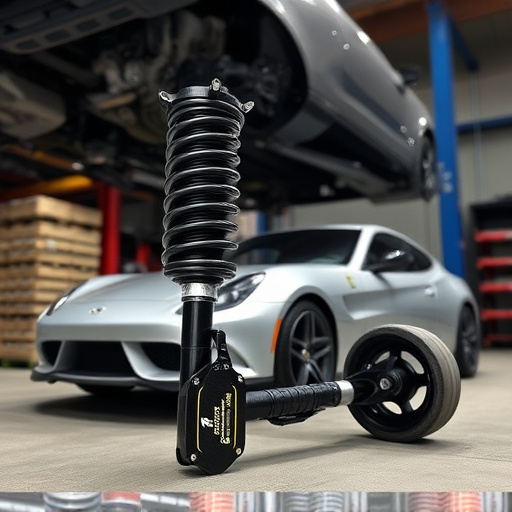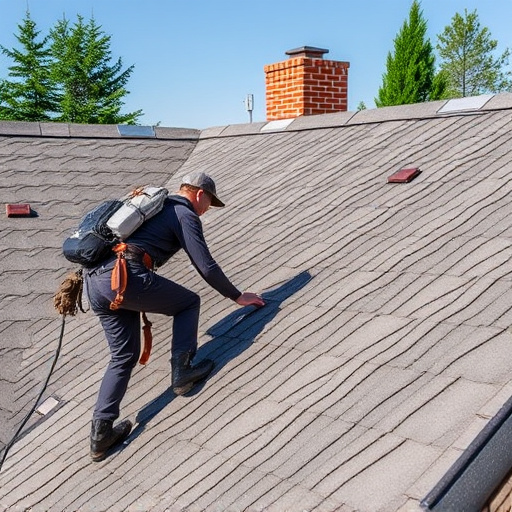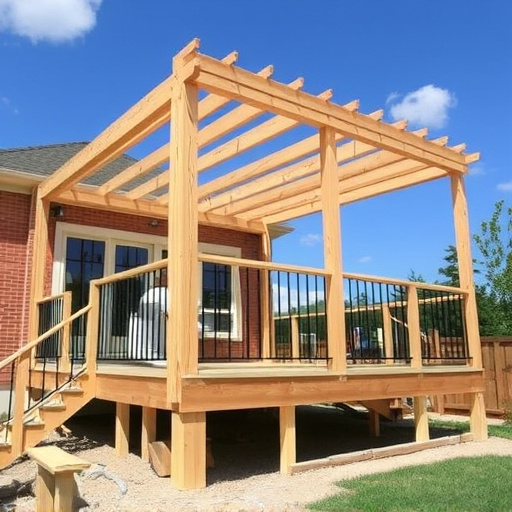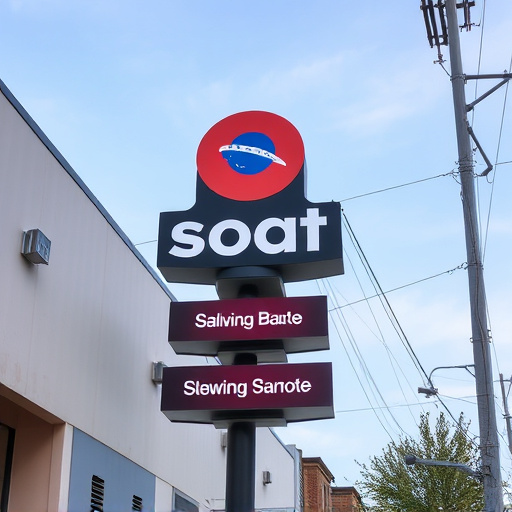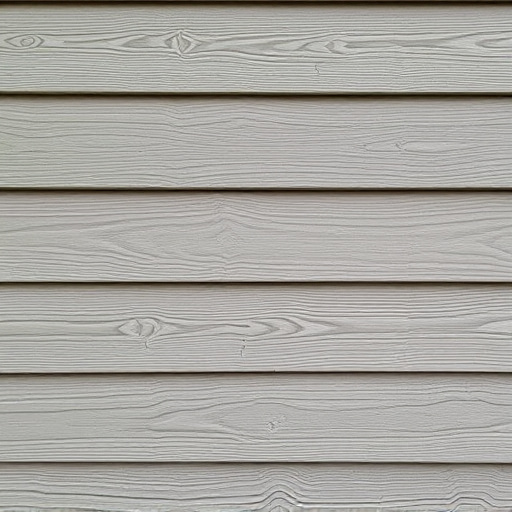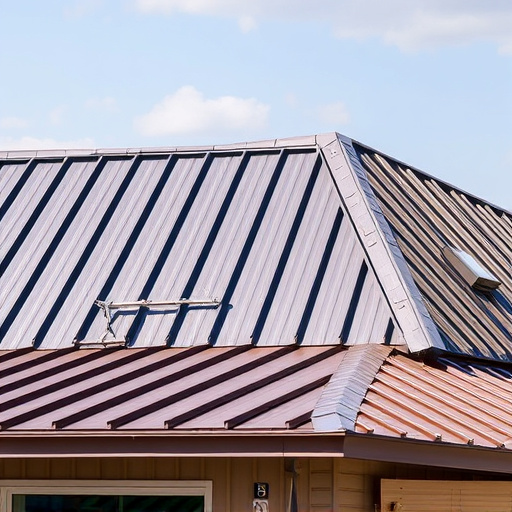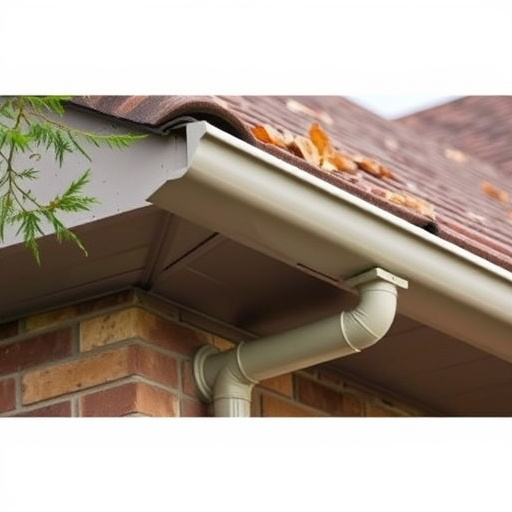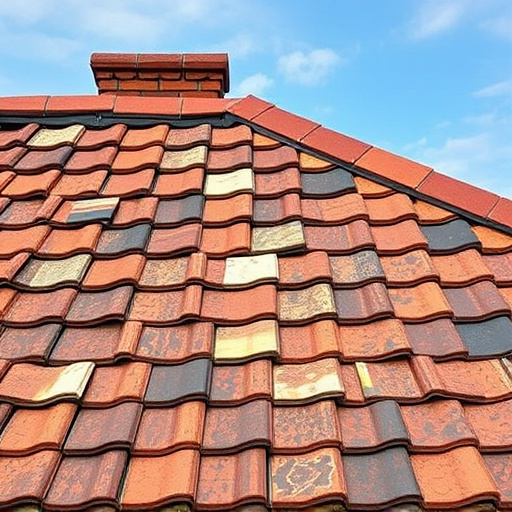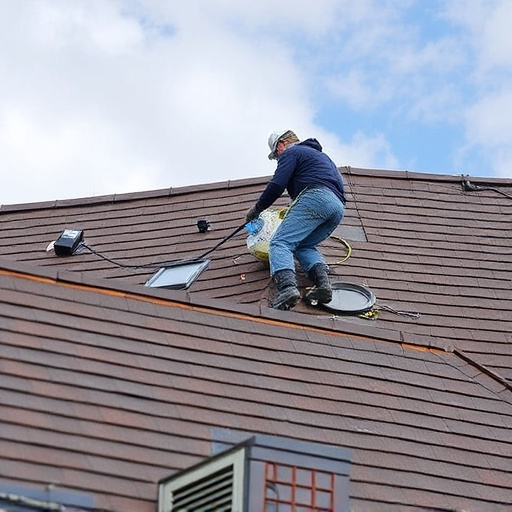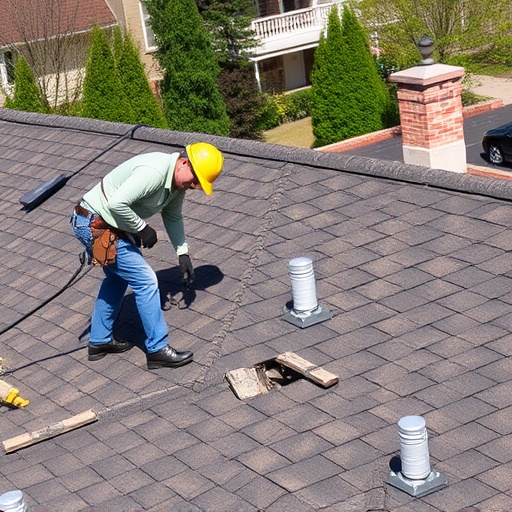Selecting durable materials like fiber cement or vinyl for siding install is vital in harsh weather environments to protect homes from winds, rain, and moisture. Understanding local climate patterns guides material choices, with regions facing specific challenges requiring tailored solutions. Proper siding install techniques ensure water-tight seals, securing panels against extreme conditions. Consulting professionals offers valuable insights for durable, long-lasting siding, preserving homes' structural integrity and curb appeal.
In regions characterized by harsh weather conditions, proper siding installation is paramount for protecting homes and preserving their aesthetic appeal. This comprehensive guide delves into essential tips for navigating challenging climates. From selecting the right siding materials resistant to extreme temperatures and precipitation, to preparation techniques ensuring optimal protection, and maintenance practices preventing damage, we cover it all. Master these strategies for a robust, durable siding install that withstands the test of time in even the harshest weather environments.
- Choosing the Right Siding for Harsh Weather Conditions
- – Understanding local climate and weather patterns
- – Selecting durable materials resistant to extreme temperatures and precipitation
Choosing the Right Siding for Harsh Weather Conditions
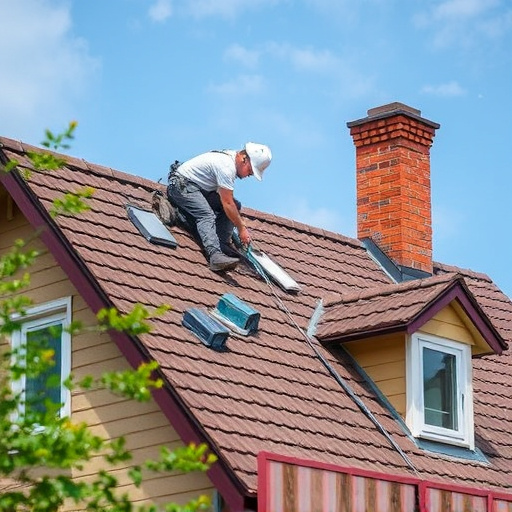
When siding your home in harsh weather environments, selecting the right material is paramount for both durability and long-term protection. Opt for siding types designed to withstand extreme temperatures, high winds, and heavy rainfall—such as fiber cement or vinyl siding. These options are not only tough but also offer excellent resistance against moisture penetration, which can prevent costly interior damage.
Consider local climate conditions and potential risks like hailstorms or snow accumulation when choosing your siding. For areas prone to harsh winters, insulated siding or impact-resistant varieties can be wise investments. Additionally, proper installation techniques are crucial for exterior home improvements, ensuring water tight seals and secure panels—essential roofing solutions in challenging weather conditions.
– Understanding local climate and weather patterns
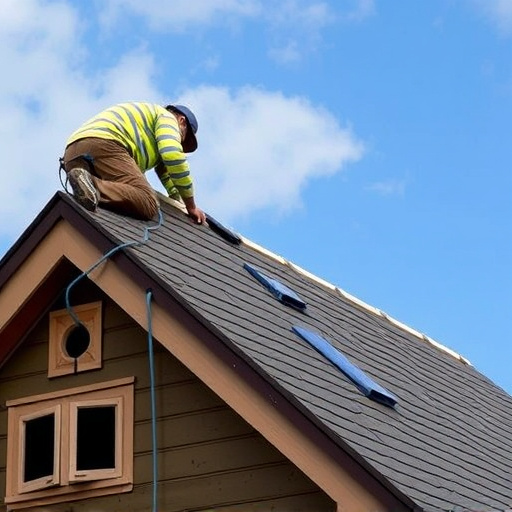
Before tackling any siding install project, especially in harsh weather environments, understanding your local climate and weather patterns is paramount. This knowledge guides selection of materials best suited to withstand extreme temperatures, high winds, heavy rain, or even snow. For instance, areas prone to hurricanes require siding that can resist strong gusts and impact damage, while regions with frequent freeze-thaw cycles demand products that prevent water penetration and freezing.
Consulting with a professional roofing expert can be invaluable. They understand the unique challenges posed by your local weather patterns and can recommend durable, long-lasting solutions like professional siding options tailored for such environments. Ultimately, this upfront planning ensures a robust siding install process, safeguarding your home against potential weather-related damage and ensuring its structural integrity for years to come.
– Selecting durable materials resistant to extreme temperatures and precipitation
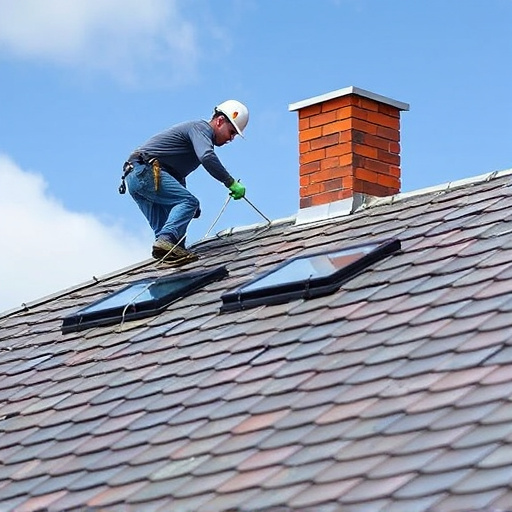
When siding your home in harsh weather environments, selecting durable materials that can withstand extreme temperatures and heavy precipitation is paramount for a successful siding install. Look for materials with a high resistance to fading, cracking, and peeling, as well as those that offer excellent insulation properties to keep your home’s interior comfortable. Fiber cement, metal, and vinyl are popular choices known for their longevity in challenging weather conditions.
Fiber cement siding, for instance, is highly resistant to rot, mold, and fire, making it an excellent exterior home improvement option. Metal siding offers superior protection against high winds and extreme temperatures while providing a modern aesthetic appeal. Vinyl siding is another roofing solution that is affordable, low-maintenance, and capable of withstanding harsh weather conditions without losing its integrity or beauty. These materials not only ensure the longevity of your siding installation but also contribute to the overall curb appeal of your home.
When sidings are installed properly, they can stand up to even the harshest weather conditions. By understanding your local climate and choosing durable materials that resist extreme temperatures and precipitation, you’ll ensure your home remains protected for years to come. Remember, the right siding installation tips can make all the difference in safeguarding your property from the elements.

